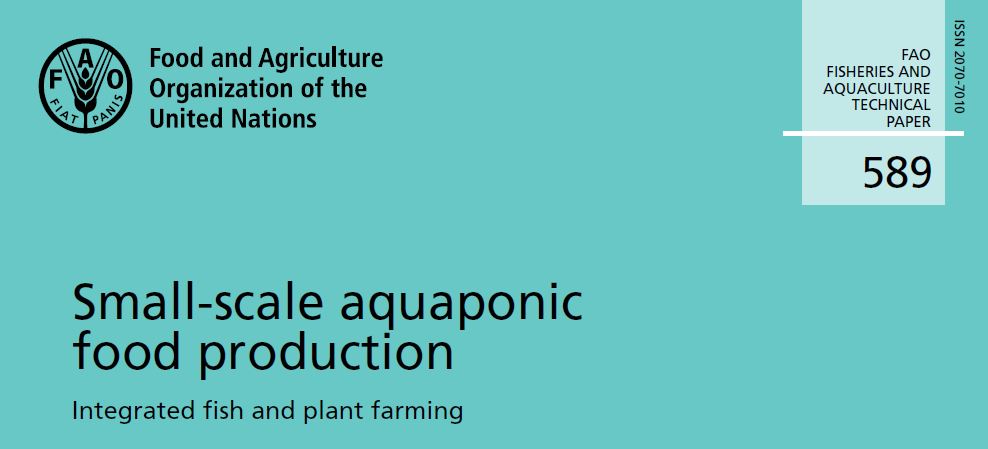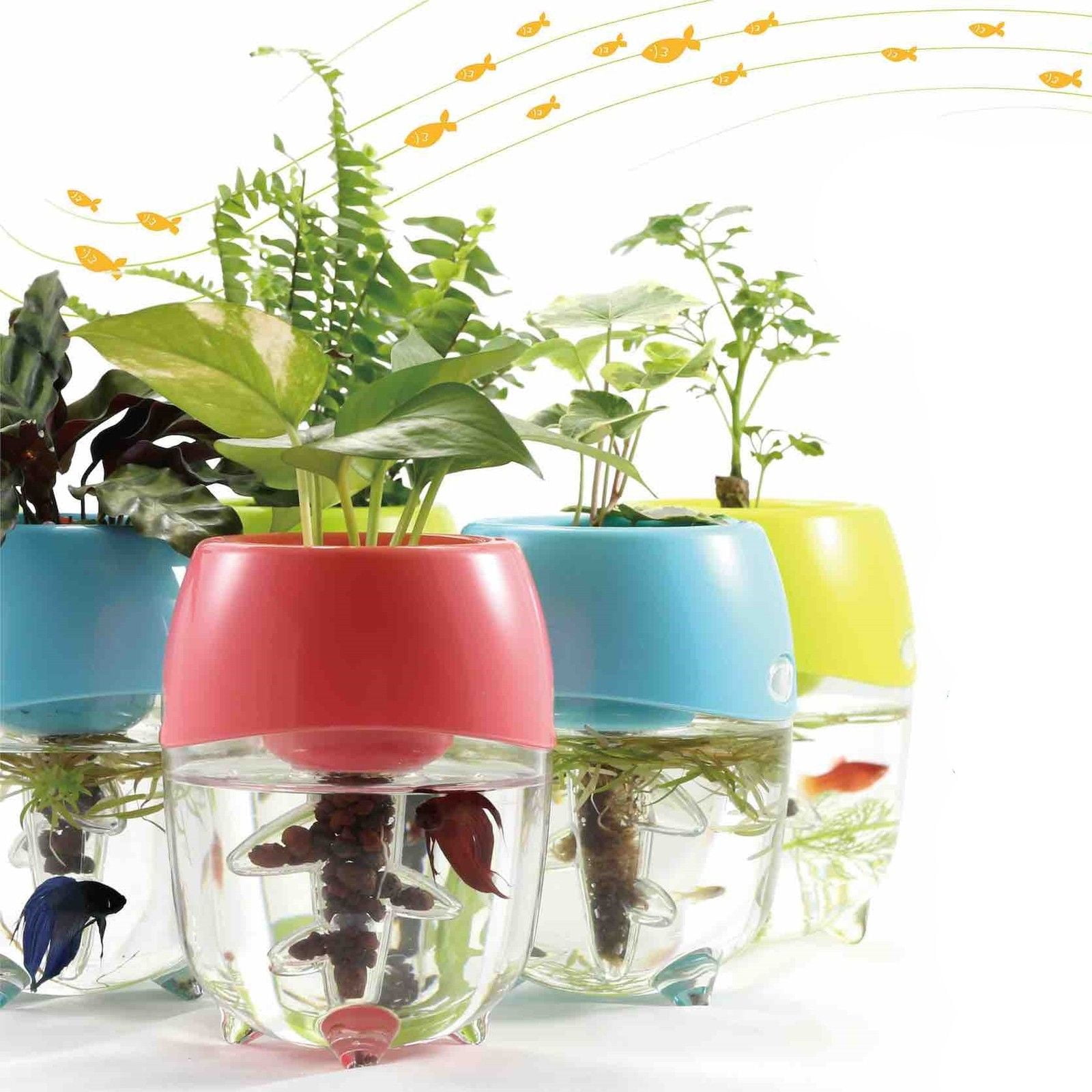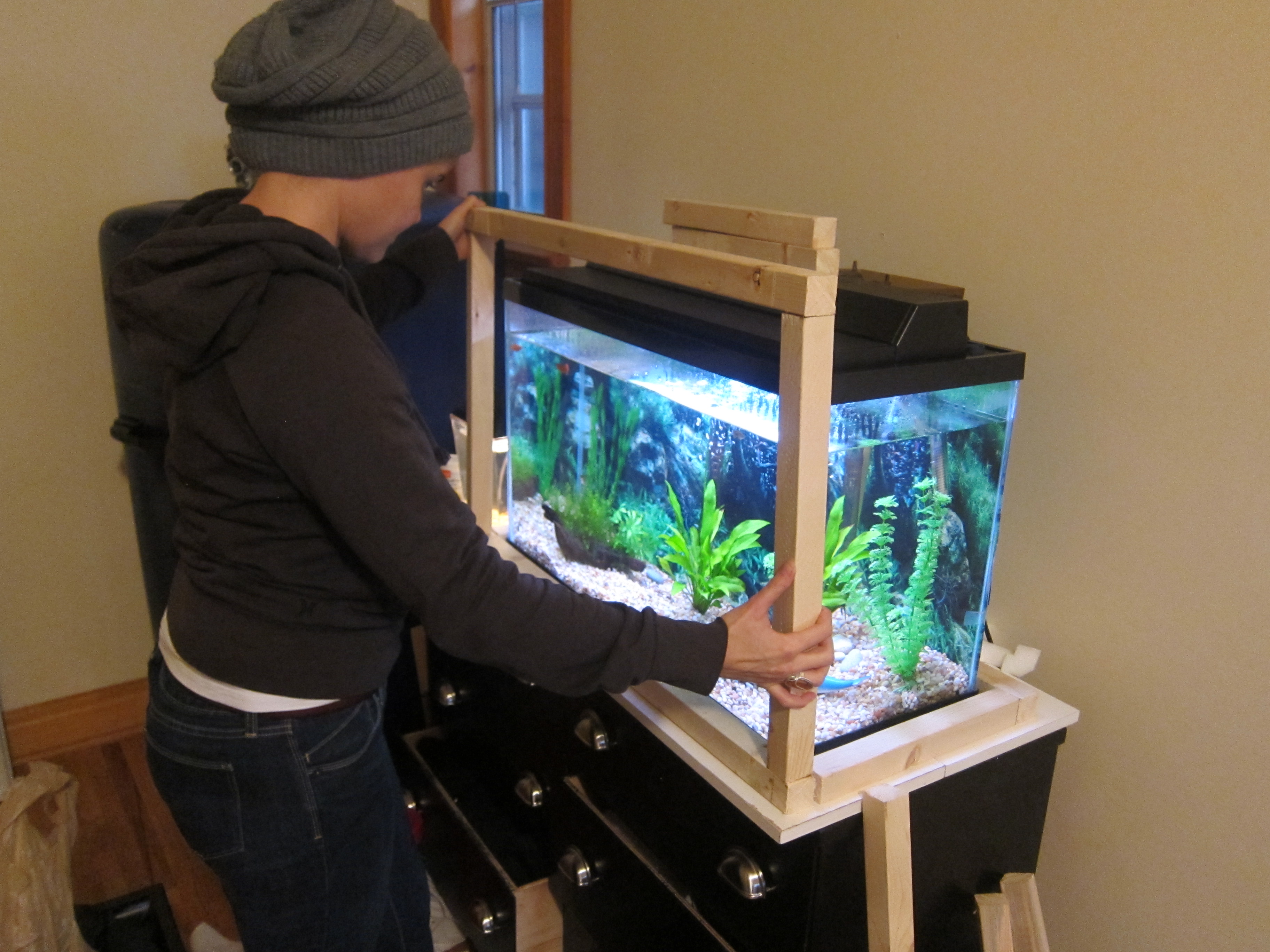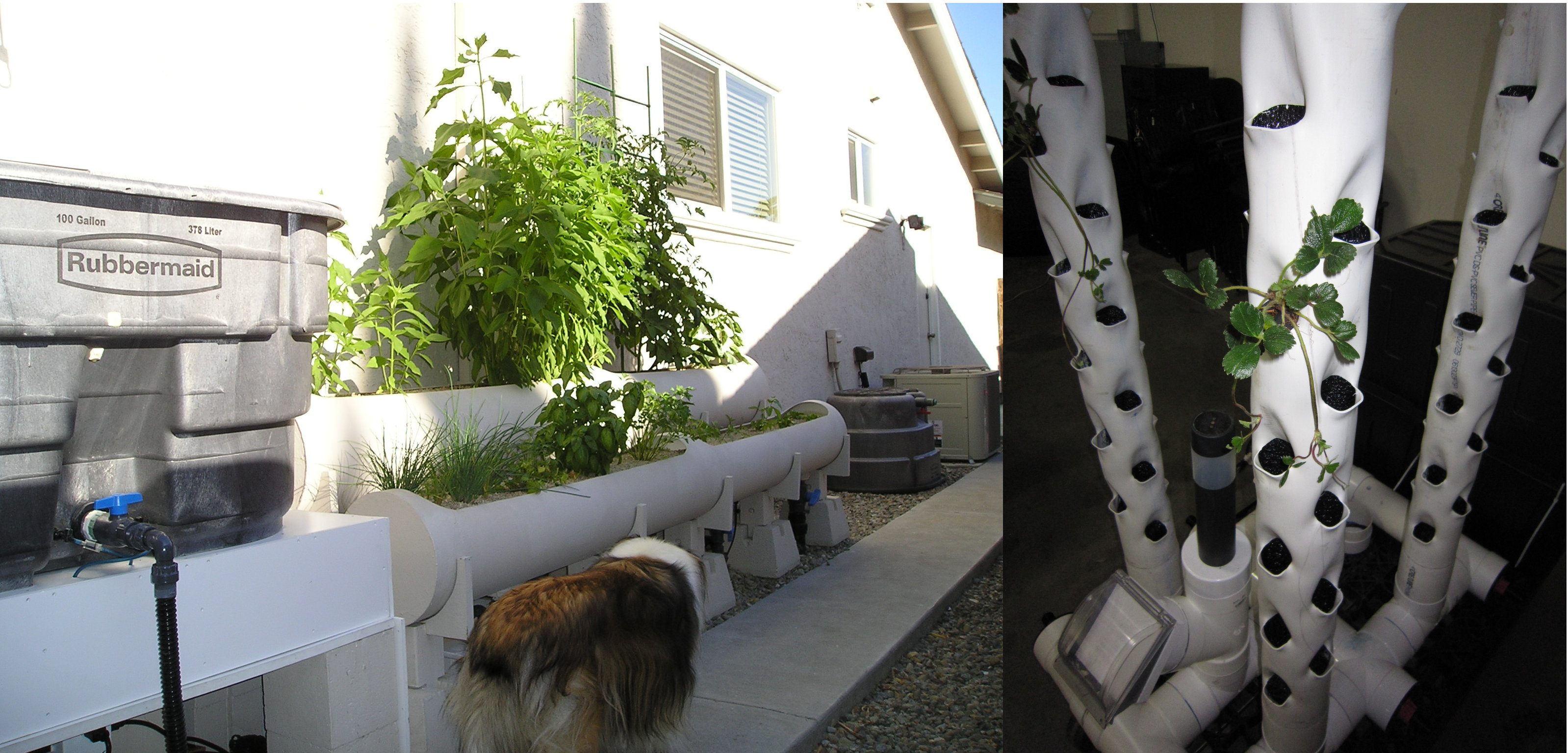 www.agrifarming.in
www.agrifarming.in ```html
Opening: Exploring the World of DIY Aquaponics Aquaponics, the fusion of aquaculture (raising aquatic animals) and hydroponics (growing plants without soil), offers a sustainable and efficient way to produce both food and fish. Building your own aquaponics system can be a rewarding project, allowing you to tailor it to your specific space and needs. This step-by-step guide will walk you through creating a simple, yet effective, DIY system.
Step 1: Planning and Design Before diving into construction, meticulous planning is crucial. Determine the size of your system based on available space and desired yield. Consider the type of fish and plants you intend to raise, as their needs will influence the design. Key components include a fish tank, a grow bed, a water pump, and plumbing to connect them. A bell siphon or timer system is also needed for flood and drain cycles. Draw a sketch or diagram to visualize your system's layout.
Step 2: Gathering Materials Assemble the necessary materials. For the fish tank, a durable plastic container or a repurposed IBC tote works well. The grow bed can be constructed from plastic tubs or lined wooden boxes. Purchase a submersible water pump with a flow rate appropriate for your system size. You'll also need PVC pipes and fittings for plumbing, grow media like gravel or clay pebbles, and a bell siphon kit or timer. Additional supplies include a drill, saw, measuring tape, and sealant.
Step 3: Constructing the Fish Tank and Grow Bed Begin by preparing the fish tank. Clean it thoroughly and ensure it's watertight. Next, build the grow bed, making sure it's sturdy and can hold the weight of the grow media and plants. The grow bed should be positioned above the fish tank, allowing gravity to assist with water return. If using a wooden box for the grow bed, line it with a pond liner or heavy-duty plastic to prevent leaks.
Step 4: Plumbing and Water Circulation Connect the fish tank and grow bed using PVC pipes and fittings. The water pump will sit in the fish tank and pump water up to the grow bed. Arrange the pipes so that water flows evenly across the grow bed. The return pipe should drain back into the fish tank, completing the cycle. Ensure all connections are secure and watertight to prevent leaks. If using a bell siphon, install it in the grow bed according to the manufacturer's instructions. If using a timer, set it to cycle the pump on and off at regular intervals.
Step 5: Setting Up the Grow Media and Cycling the System Fill the grow bed with the chosen grow media, leaving a few inches of space at the top. Fill the fish tank with water and add a source of ammonia to start the nitrogen cycle. This process establishes beneficial bacteria that convert fish waste into plant nutrients. Monitor the water parameters (ammonia, nitrite, nitrate) regularly using a test kit. The cycling process typically takes several weeks.
Step 6: Introducing Fish and Plants Once the nitrogen cycle is established, gradually introduce fish to the tank. Start with a small number and monitor their health closely. Choose fish species that are compatible with aquaponics, such as tilapia, goldfish, or trout. Plant seedlings or seeds in the grow bed, ensuring they receive adequate light and nutrients. Monitor the plants for any signs of nutrient deficiencies and adjust the system accordingly.
Step 7: Maintenance and Monitoring Regular maintenance is essential for a thriving aquaponics system. Monitor water parameters regularly, top up water levels as needed, and clean the fish tank and grow bed periodically. Remove any dead plant matter or debris to prevent disease. Provide adequate lighting and aeration for both fish and plants. Adjust the system as needed based on the specific needs of your chosen species.
Conclusion: Harvesting the Rewards Building a DIY aquaponics system is a journey of learning and experimentation. With careful planning, construction, and maintenance, you can create a sustainable and productive system that provides fresh food and fish. Enjoy the process of observing the interconnectedness of the ecosystem and reaping the rewards of your hard work.
```
Aquaponics System With Fish, Plants, And Vegetables Growing In A Greenhouse Setting Stock Image
 www.dreamstime.com
www.dreamstime.com Vertical Vegetable Aquaponics
 www.plantsonwalls.com
www.plantsonwalls.com 15 Diy Aquaponic Plans You Can Build In Your Garden
 www.agrifarming.in
www.agrifarming.in  www.sensacine.com.mx ```html
www.sensacine.com.mx ```html  www.bullfrag.com
www.bullfrag.com  www.sensacine.com.mx
www.sensacine.com.mx  celebsarticle.com
celebsarticle.com  www.agrifarming.in ```html
www.agrifarming.in ```html  www.dreamstime.com
www.dreamstime.com  www.plantsonwalls.com
www.plantsonwalls.com  agrierp.com
agrierp.com  www.greenlife.co.ke
www.greenlife.co.ke 









